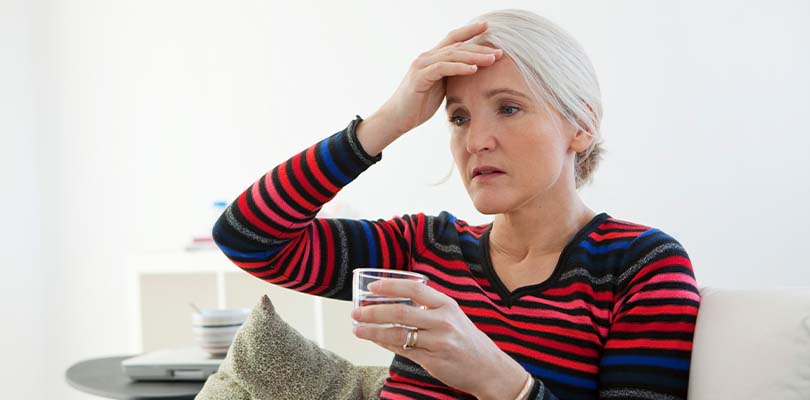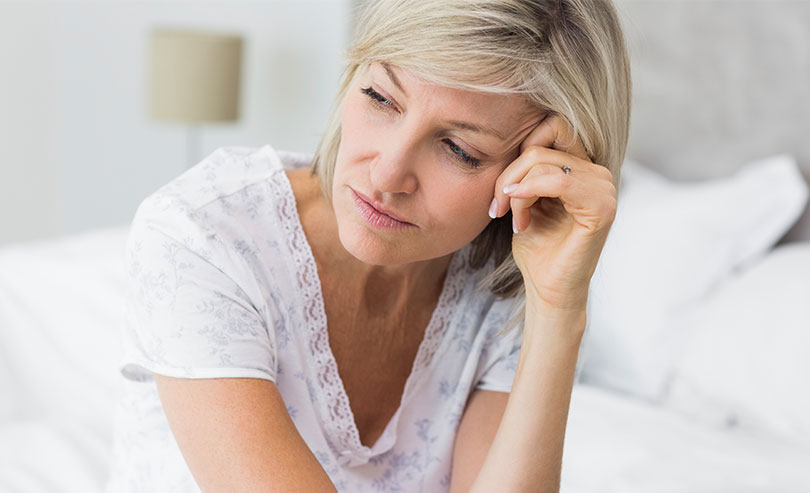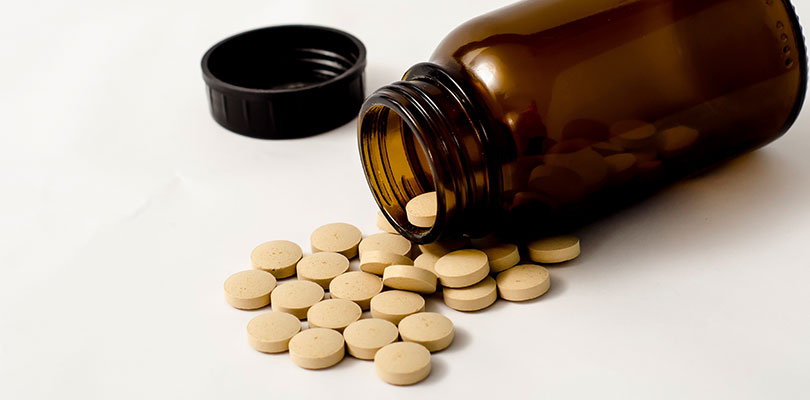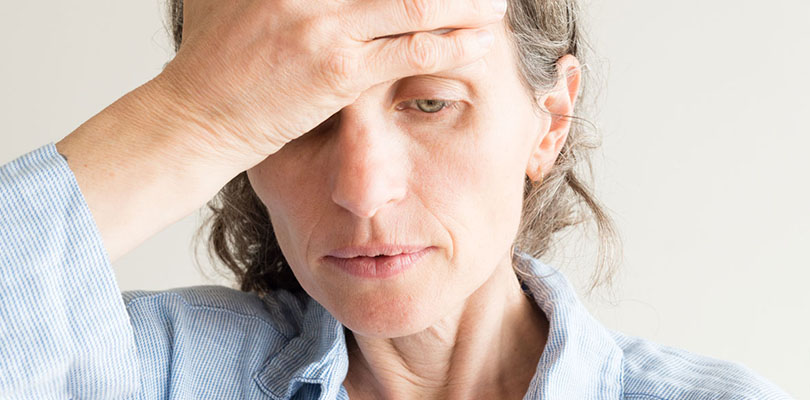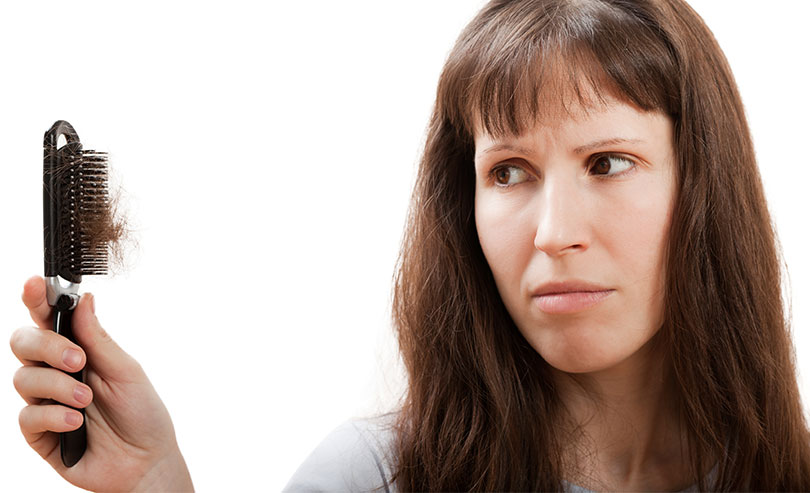How to Prevent Hot Flashes During Menopause
Have you been feeling a sudden rush of heat running under your skin? Are you experiencing unusual sweating while you are asleep? Although other underlying medical conditions might trigger these symptoms, if you are in your late 40s or early 50s, the most likely cause of these uncomfortable sensations is menopause or perimenopause. Here you will learn how to prevent hot flashes during menopause.
What Is Menopause?
Menopause is diagnosed when you have missed your period for 12 consecutive months. Once you enter menopause, your ovaries stop releasing eggs, which marks the end of your reproductive cycle. While the timing of menopause varies among women, it typically occurs between the ages of 45 and 55, with the average age being 51 years.
The most common symptoms of menopause include:
- Hot flashes and night sweats
- Sleeping problems
- Vaginal dryness
- Mood swings
- Difficulty focusing and concentrating
- Loss of hair
- Joint pain
- Racing heart
- Urinary dysfunction
- Headaches
Most women start to notice symptoms of menopause during the transitional period towards menopause, which is known as perimenopause. Typically, this phase starts when a woman reaches her 40s, but in rare cases, some women may start to experience symptoms in their mid-30s.
What Are Hot Flashes?
Hot flashes give you an uncomfortable feeling of warmth underneath your skin; they are most prominent in your face, chest and neck area, and are often accompanied by sweating. After a few moments, you may start to feel cold as your body loses heat. When hot flashes happen during sleep, they are called night sweats. Hot flashes do not usually last very long, with each episode lasting from about 30 seconds to a few minutes.
The Duration of Hot Flashes
If you are lucky, you may never experience hot flashes during menopause. According to research 2 out of 10 women never experience this menopause symptom. However, if you are currently suffering with menopausal hot flashes, you are likely wondering how long they are going to last. While, the answer varies, some women suffer from minor hot flashes for 6 to 12 months during perimenopause or menopause, while other women endure these uncomfortable hot flashes for several years, with most women suffering for an average of seven years.
Causes of Hot Flashes During Menopause
The change in hormonal levels, particularly estrogen and progesterone, which occurs during the transition to menopause, is believed to be the primary cause of hot flashes. However, the way in which these hormones affect thermoregulation in the body remains unknown.
Keep in mind that hot flashes may be triggered due to several other factors other than menopause, including:
- Endocrine tumor
- Medicinal side effects
- Severe infections
- Cancer
- Spicy foods
- Hot beverages
- Alcohol
- Smoking
- Spinal lesions
- Hyperthyroidism
- Anxiety
The risk of depression comes from the overlap in symptoms that menopause and depression share; it is a common for these to overlap.
Diagnosing Hot Flashes
Hot flashes are a symptom of various other medical conditions. In order to diagnose the underlying cause of your hot flashes your doctor will take a detailed history and perform a thorough physical examination. You will be asked about the timing, frequency of occurrence and where you feel the hot flashes. Additionally, your doctor may recommend blood tests to check hormone levels, among other tests, to determine if there is another medical condition causing your hot flashes.
Treatment for Hot Flashes
Although it is not possible to eliminate hot flashes, many treatments are used to minimize the frequency and severity of hot flashes during menopause, including:
- Hormone replacement therapy (ERT or HRT)
- Bio-identical hormone therapy
- Phytoestrogens
- Herbs such as black cohosh
- Home remedies
Hormone Replacement Therapy
Hormone replacement therapy (HRT) is the most common treatment used for reducing the frequency and intensity of hot flashes during menopause. HRT is usually administered orally, in pill form, or transdermally, through the skin via patches.
Bio-Identical Hormone Therapy
Bio-identical hormones, or man-made hormone treatments, are manufactured in a laboratory using various plant extracts. They are also available in the form of creams or gels. Some believe that they reduce the risks associated with traditional hormone therapy. However, this has not been clinically proven.
Based on your medical history, your doctor may prescribe an estrogen replacement therapy alone, or a combination of estrogen and progesterone.
What Are the Precautions?
Before deciding to use hormone replacement therapy, you should be aware of the associated risks. According to research published by the Women’s Health Initiative (WHI), the combination of estrogen and progesterone tends to increase the risk of stroke, heart attack and breast cancer. Estrogen replacement therapy has also been directly linked with an increased risk of endometrial cancer in women that have had their uterus surgically removed.
A consultation with your doctor is crucial to determine if HRT is the right option for you. If, after discussing the benefits and risks with your doctor you decide to opt for treatment with HRT, your doctor will typically prescribe the lowest effective dose, for the shortest amount of time to minimize the risk of side effects.
Other Drug Options
Some other drugs have proven to be useful in treating hot flashes during menopause, including:
- Paroxetine
- Clonidine
- Gabapentin
- Megestrol acetate (Megace)
- Medroxyprogesterone acetate (Depo-Provera)
Herbs and Vitamins
Besides hormone therapy and other clinical drugs, natural herbs have been used as a remedy for hot flashes during menopause.
In the U.S., black cohosh is a popular choice. While there is some evidence to suggest that it is effective when used for short-term treatment, further research is needed to support this treatment method.
Another option is phytoestrogens. Soy produces isoflavones, which is a chemical compound used as a phytoestrogen. Their chemical composition is quite similar to the estrogen produced inside the female body. Some studies suggest that phytoestrogens may be effective for the treatment of hot flashes and other symptoms during menopause. They can be particularly useful for women who have a history of heart conditions or cancer when HRT should be avoided. However, some studies have shown that some plant estrogens may carry anti-estrogen properties, which may worsen menopausal symptoms, so they must be used with caution.
There are a few other vitamins and herbs used that are used for treating hot flashes, including:
- Vitamin E supplements
- Licorice roots
- Oil extract from evening primrose
- Dong Quai plant
- Chasteberry
- Colic root
Lifestyle Changes
Whether you choose HRT, bio-identical hormone replacement, or herbs and vitamins, treatment is often more effective when it is accompanied by certain positive lifestyle changes. To optimize treatment effectiveness and reduce hot flashes during menopause consider the following lifestyle changes:
- Exercise regularly
- Sleep at a cooler room
- Wear comfy loose clothing
- Quit smoking
- Reduce or avoid alcohol consumption
In Conclusion
Although suffering with hot flashes during menopause can be uncomfortable and annoying, you should not be alarmed by this symptom. The good news is that with proper treatment, the intensity and frequency of your hot flashes can often be reduced, making this transitional period in your life more manageable.
